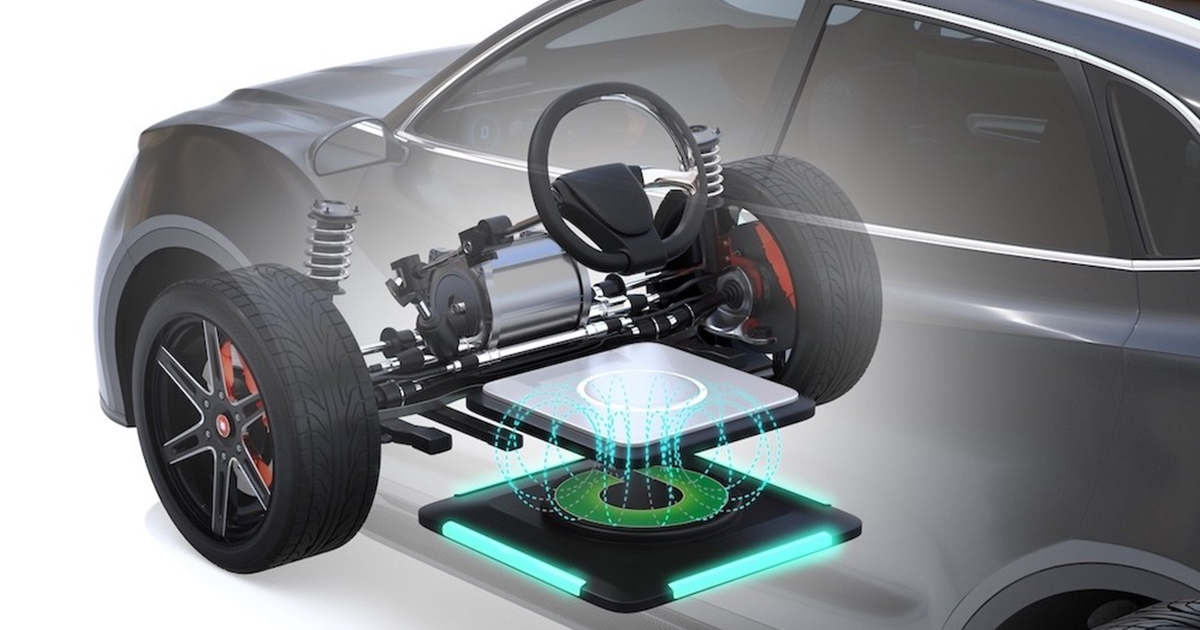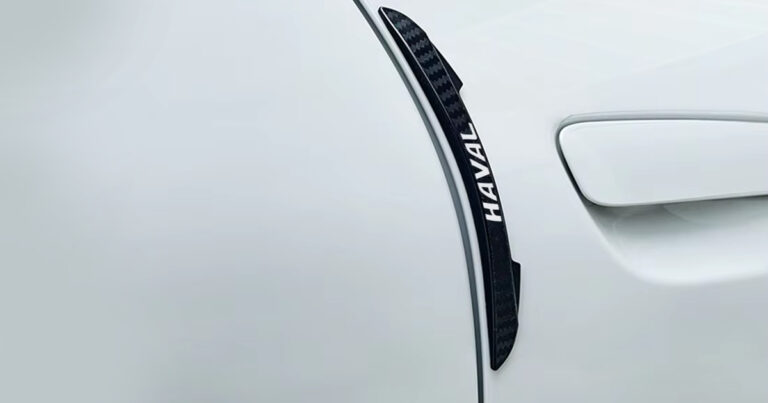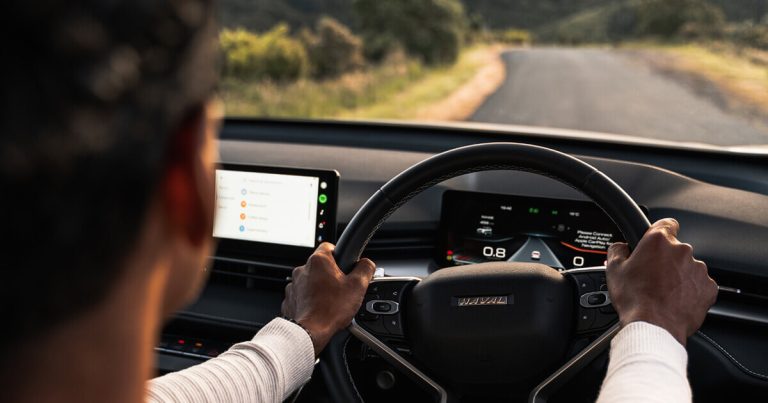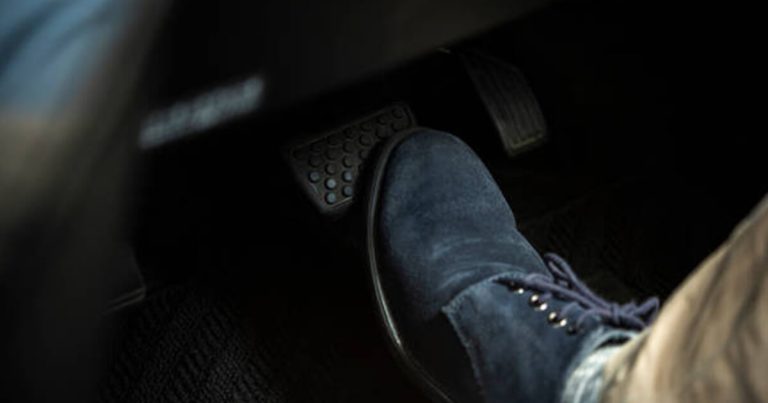Think of parking your EV and walking away—no cables, no plugs, just smart, seamless charging. That’s not science fiction anymore. It’s the reality made possible by the components of wireless power transmission, a key part of the shift towards more innovative mobility and sustainable transportation.
As more car owners in Pakistan are embracing electric vehicles, particularly in urban hubs like Karachi, the focus shifts to convenience, innovation, and future-ready solutions. Wireless power isn’t just about ditching cables, it’s about rethinking infrastructure and redefining user experience. From how it works to why automakers are betting big on it, we’re breaking it all down.
What is Wireless Power Transfer?
Wireless Power Transfer, or WPT, is a method to transmission energy from one place to another without using wires. In cars, this means you don’t need to plug in your EV. Instead, the car parks over a charging pad, and energy moves from the ground to the car.
WPT uses electromagnetic fields to do this. It’s fast, smart, and hands-free. That’s why so many car companies are starting to use it.
How Does Wireless Power Transfer Work?
Every WPT setup depends on four key components of wireless power transmission:
- Power Source: Delivers electricity to the transmitter pad.
- Transmitter Coil: Converts electrical power into a magnetic field.
- Receiver Coil: Captures the magnetic field and converts it back to usable electricity.
- Load: The battery or system that receives the power.
In automotive use, the transmitter is usually embedded in a parking surface. When a compatible EV parks over it, the system activates and energy moves, just like that. No need for cables, and no need to leave your car.
Types of Wireless Power Transfer Technologies
- Inductive Charging: Used a lot already, in phones and some EVs.
- Resonant Inductive Coupling: Works even when the car is not perfectly lined up.
- Capacitive Coupling: Uses electric fields.
- Microwave Power: Still being tested.
- Laser Power: For long distances, but not common yet.
Each type has its pros and cons, depending on how it’s used.
Core Components of Wireless Power Transmission
For those investing in next-generation vehicle technology, understanding the details matters. The components of wireless power transmission that make seamless charging possible include:
- Transmitter Coil & Pad: Installed on or under the road surface, this component generates a magnetic field.
- Receiver Coil in the EV: Mounted underneath the car, it captures the magnetic field and sends energy to the battery.
- Control Circuit: Regulates the flow of power, ensuring safe charging without overheating.
- Communication System: Enables real-time feedback between the car and the charger—think of it as a handshake that ensures proper alignment and operation.
These components form the backbone of safe, reliable wireless charging, essential in commercial and personal EV settings alike.
What are the Advantages of Wireless Power Transfer?
Here’s why car owners and dealers like WPT:
- Convenience: Just park and your car starts charging.
- Cleaner Look: No wires all over the place.
- Durability: Fewer parts that wear out.
- All-Weather Functionality: No problems with rain or dust.
Moreover, these benefits make wireless power ideal for individuals who prefer simple and smart charging.
What are the Disadvantages of Wireless Power Transfer?
There are some downsides too:
- Not as Fast: It’s a little slower than using a charging cable.
- Infrastructure Cost: Laying ground-based chargers in cities like Karachi takes time and capital.
- Require Proper Parking: The car must be parked in the designated spot.
- Not for All EVs Yet: Some cars don’t support WPT.
Despite these issues, people are continually working to improve WPT every day.
Real-World Applications and Case Studies
In South Korea, buses use wireless pads to charge when they stop. In Germany and the U.S., they’re testing roads that charge cars as they drive.
Pakistan can follow this path too. Adding wireless pads to parking spots would help people charge faster and easier.
Environmental Benefits of Wireless Power
WPT helps the planet, too. It needs fewer wires and poles. Moreover, it can be powered by solar and wind energy, which means cleaner air and smarter cities.
Additionally, with fewer parts to break and less waste is a wise and environmentally friendly choice.
Conclusion
WPT isn’t just another feature; it’s a shift in how we experience our journeys. Understanding the components can help dealerships, automakers, and consumers prepare for what’s next.




